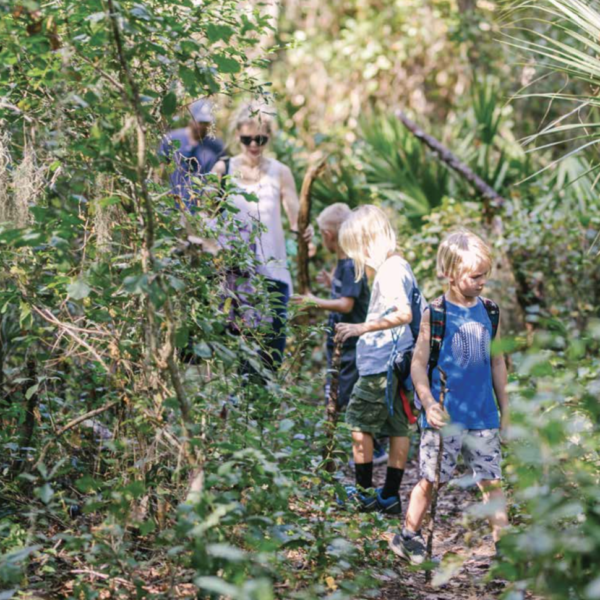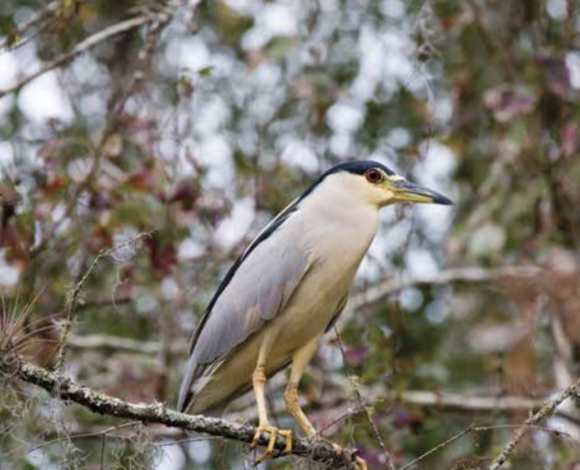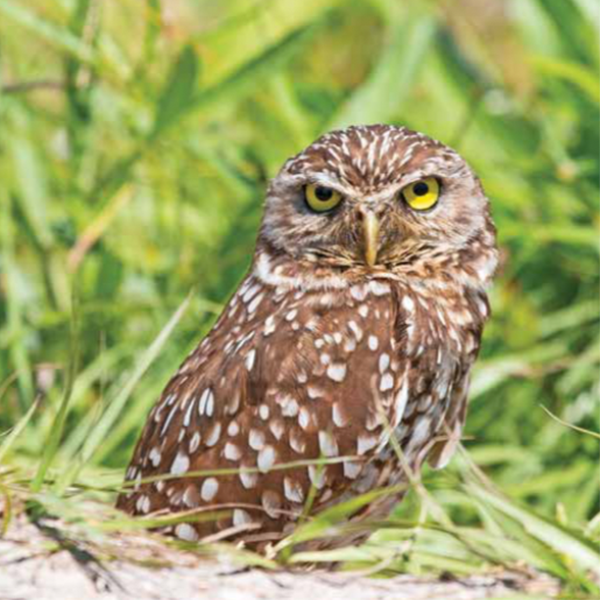By Katy Fassler
Photo Courtesy Florida Fish and Wildlife Conservation Commission
Florida may be best known for its beautiful white beaches, incredible theme parks, and more oranges than one could count, but no one can deny the magnificent beauty found in Florida’s wildlife and nature.
“Theme parks, beaches, and Miami glitz may fill Florida’s tourist brochures, but conservationists have managed to protect a significant percentage of the state as parks, refuges, and other natural areas. From any point in Florida it’s only a short drive to a birding destination offering an experience like none other in the country,” says Mel White of Audobon.org.
Taking the opportunity to step off the concrete and into the soil, opens doors to a world missed by most. The Great Florida Birding and Wildlife Trail, a program of the Florida Fish and Wildlife Commission (FWC), gives residents and visitors an open invitation to explore the natural beauty of Florida. The Great Florida Birding and Wildlife Trail isn’t just one trail, it is a collection of over 150 activities and locations across the state to view and experience the wonder of nature. The program was established in 1997 “in hopes to encourage conservation of Florida’s native habitats and species.”
“Florida is along the Atlantic Flyway, more than a 3,000 mile stretch from the Arctic tundra to the Caribbean. It is home to productive ecosystems that can support a variety of birds. This means that Florida sees a diversity of species during spring and fall migration, in addition to the resident species that are in Florida year-round,” according to FloridaBirdingTrail.com.
Kenn Kaufman, an American renown conservationist, author, and artist said, “Linking the high points of the peninsula and the Florida Panhandle, the Great Florida Birding Trail lives up to its name with sheer magnitude— stretching some 2,000 miles and including almost 500 sites—and with the quality of the birding it offers.”
“The whole concept behind the trail was to try to accomplish a couple of different things. One, share with the public places that they could go to have great wildlife viewing experiences and secondly, to communicate with local communities that they have an economic value, that the tourism associated with that is an important asset in their community and hopefully people… take conservation action on the behalf of wildlife,” said Jerrie Lindsey, Director of Public Access and Wildlife Viewing Services with FWC.
Nationally, there are 86 million people taking place in wildlife watching activities – 34% of the population age 16 or older (2016 National Survey of Fishing, Hunting, and Wildlife- Associated Recreation). According to the 2011 Florida Outdoor Recreation Participation Survey, nearly 50% of the population of Florida goes on wildlife-viewing trips.
Liz Schold, Great Florida Birding and Wildlife Trail coordinator, said, “Sites include National Wildlife Refuges, National Forests, State Parks, State Forests, County Parks, State Wildlife Management Areas, and privately- owned lands. They range from sites that have lots of facilities (visitor centers, restrooms, tours, cafes, gift shops, etc.) to sites that are rugged wilderness areas. We have a number of resources available on our website, including pages for each trail site, an interactive map, checklists of birds and butterflies (available for download or order – hardcopies are delivered free!), a newsletter, and a continuously updated events page that includes birding and wildlife viewing activities across the state.”



